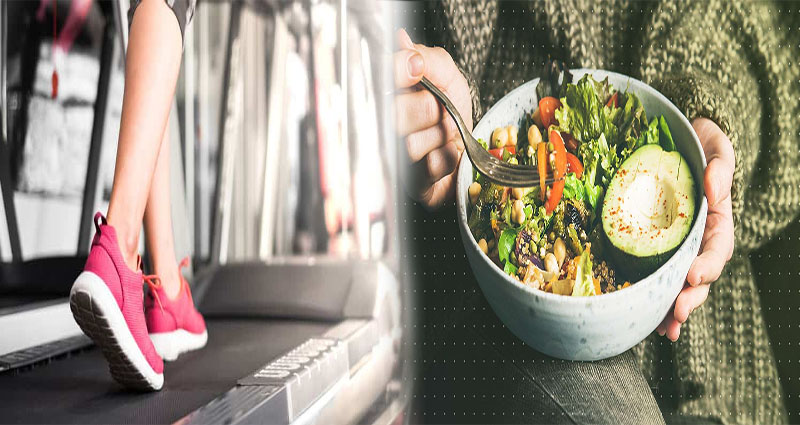Stress Management Tips for Single Women Living Alone
Living alone as a single woman can be a liberating and empowering experience, but it can also come with its own set of challenges and stressors. From safety concerns to managing household responsibilities, it’s important for single women to prioritize their well-being and mental health. Here are some stress management tips to help single women living alone navigate the demands of their daily lives:
1. Establish a Safety Routine
Safety is a top priority for single women living alone. Create a safety routine by ensuring that all doors and windows are securely locked, installing a security system if possible, and letting a trusted friend or family member know your daily whereabouts. Feeling secure in your living space can alleviate a significant amount of stress.
2. Build a Support Network
Having a strong support network can provide comfort and reassurance. Cultivate relationships with friends, neighbors, and colleagues whom you can turn … READ MORE ...












